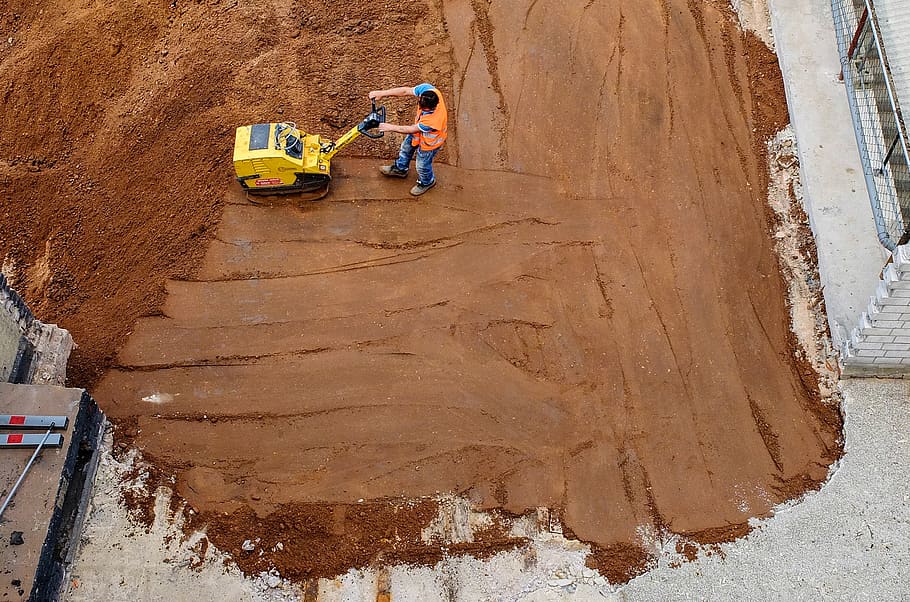Blueprints of Leadership: Bridging Engineering, Management, and Architecture
Blueprints of Leadership: Bridging Engineering, Management, and Architecture
Blog Article

In today's rapidly evolving world, the convergence of engineering, management, and architecture is becoming increasingly vital. As industries face complex challenges and unprecedented demands, a new breed of leader is emerging—one that embodies expertise in multiple disciplines. This holistic approach is essential for fostering innovation, ensuring sustainability, and driving successful projects from conception to completion. At Structures Insider, we delve into these intersecting realms, providing insights and discussions that highlight how effective leadership in these fields can create a more integrated and efficient future.
Structural engineering
As professionals navigate the intricate landscape of structures and systems, the collaboration between engineering, management, and architecture yields powerful results. Each discipline brings its unique perspective and skill set, contributing to a comprehensive blueprint for success. Whether it is designing resilient infrastructures, leading project teams, or conceptualizing modern living spaces, the synergy between these domains empowers leaders to solve problems creatively and effectively. Join us as we explore the vital components of leadership within this triad, drawing from real-world examples and expert insights that illustrate the importance of bridging these vital areas of expertise.
The Intersection of Disciplines
The synergy between engineering, management, and architecture creates a robust framework for successful project execution. Engineers bring technical expertise and innovative solutions to the design and functionality of structures, while architects focus on aesthetics, user experience, and spatial organization. Together, they ensure that a building is not only operationally sound but also visually appealing and practical for its users. This collaboration is essential in today’s complex environment, where multiple stakeholders and interdisciplinary teams must work together to achieve a common goal.
Management plays a crucial role in this intersection by providing the strategic oversight necessary for integrating engineering and architectural designs into cohesive projects. Effective management involves coordinating timelines, resources, and communication among diverse teams. By fostering an environment where engineers and architects can collaborate seamlessly, managers help bridge gaps in understanding, ensuring that the vision for a project comes to life within the constraints of budget and schedule. This holistic approach drives efficiency and innovation, ultimately leading to successful project outcomes.
As the landscape of construction evolves with advancements in technology and sustainability, the interplay among these disciplines becomes even more pronounced. Trends such as modular construction and smart building technologies require a convergence of skills that transcend traditional boundaries. Engineers must understand architectural concepts, architects need to grasp engineering principles, and managers must facilitate the integration of both. This dynamic interplay not only enhances the quality of structures but also cultivates a culture of collaboration and continuous improvement within the industry.
Innovative Leadership in Practice
In the dynamic fields of engineering, management, and architecture, innovative leadership plays a critical role in navigating complex challenges. Leaders who embrace a forward-thinking approach are adept at integrating diverse perspectives and expertise, fostering a collaborative environment that encourages creativity and problem-solving. By leveraging the strengths of each discipline, these leaders not only enhance project outcomes but also create a culture of continuous improvement that drives teams to excel.
An effective leader in these sectors prioritizes communication and adaptability, ensuring that all stakeholders are aligned and informed throughout the project lifecycle. This involves actively listening to team members, soliciting feedback, and making informed decisions that reflect a comprehensive understanding of both technical and strategic aspects. Such leaders are also willing to take calculated risks, which can lead to breakthrough innovations that propel projects forward and differentiate their work in a competitive landscape.
Furthermore, leaders in engineering, management, and architecture recognize the importance of sustainability and social responsibility. By advocating for sustainable practices and considering the long-term impacts of their projects, they not only fulfill ethical obligations but also address the growing demand for eco-friendly solutions. This commitment not only enhances their organization's reputation but also inspires teams to think creatively about how to design structures and systems that meet today's needs while anticipating future challenges.
Building Collaborative Teams
In the realm of engineering, management, and architecture, the formation of collaborative teams is essential for driving innovation and achieving project success. Each discipline brings unique perspectives and expertise, which can enhance problem-solving and creativity when effectively integrated. Establishing a culture of collaboration requires leaders to foster an environment that values diverse input and encourages open communication among team members.
Effective collaboration hinges on trust and respect among team members. Leaders should actively promote team-building activities that strengthen interpersonal relationships, allowing individuals to better understand each other's strengths and weaknesses. By creating spaces for team members to share ideas and feedback, organizations can cultivate a sense of ownership and accountability, leading to higher levels of engagement and productivity across projects.
Furthermore, collaborative teams benefit from clear roles and responsibilities, which help streamline workflows while maintaining flexibility in execution. Leaders must ensure that team members understand their contributions to the overarching goals of the project, as well as how their individual skills complement one another. By leveraging the strengths of each discipline and promoting a collaborative mindset, teams in engineering, management, and architecture can navigate complexities and deliver outstanding results.
Report this page